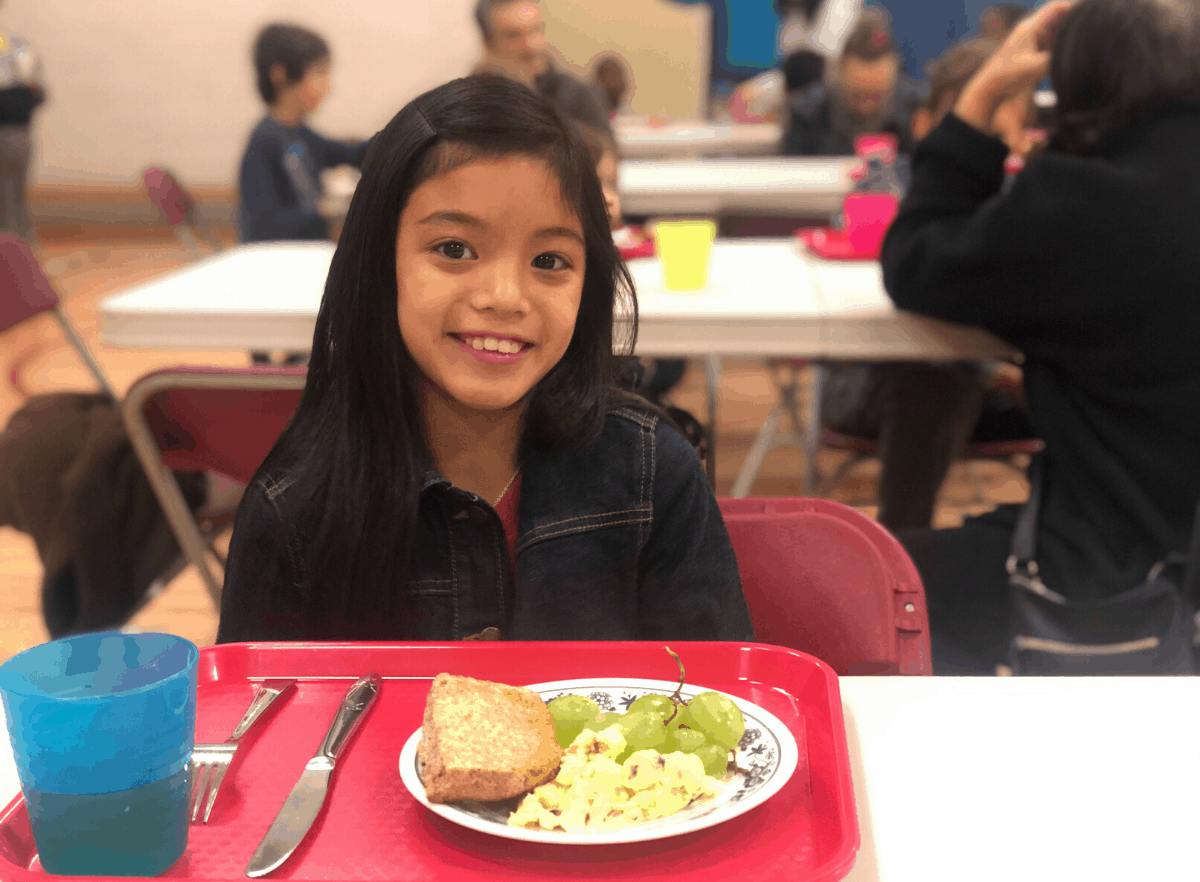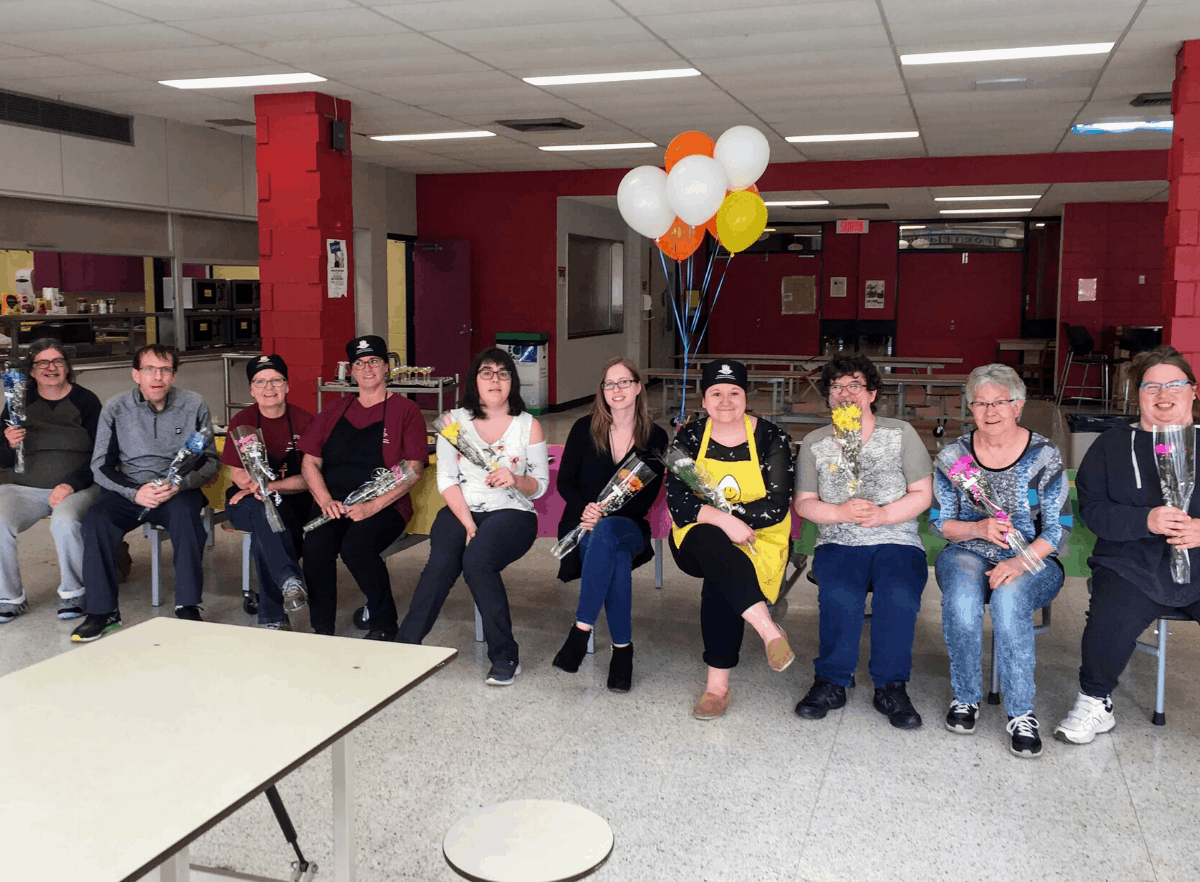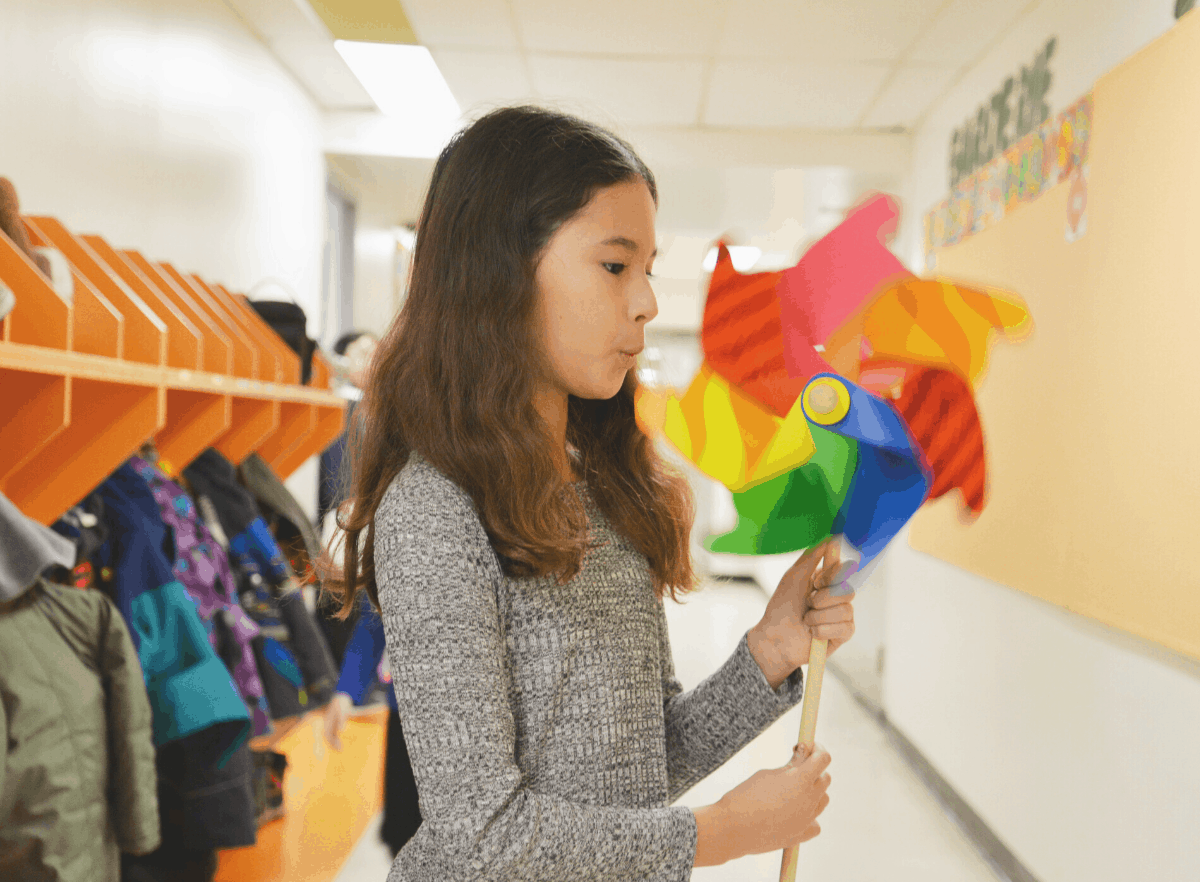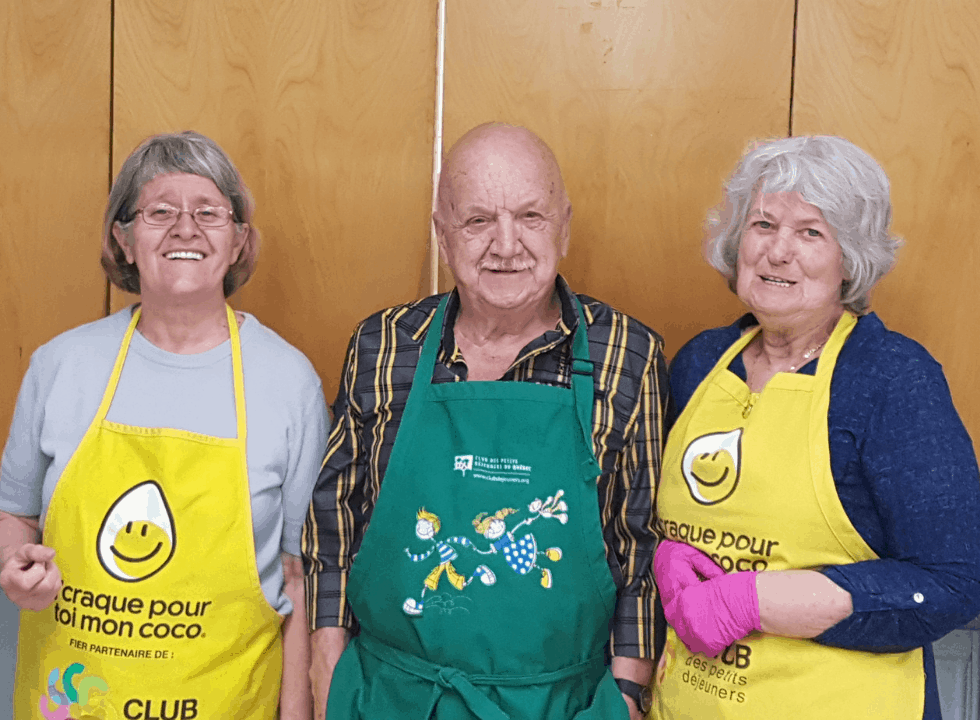
Student Volunteering: A Success for Georges P. Vanier School!

Chelsea Hausler, the program coordinator at Georges P. Vanier School, has set up a legacy hours program where students can volunteer with the school breakfast program to help plan and serve breakfast. As part of the school’s graduation requirements, each student is required to volunteer 25 hours toward an initiative that supports the community. In this interview, Chelsea talks about the impact and value of this new program.
At the school, my role is a wellness coach, so I do a couple different things. I promote mental health, physical health, nutrition and community engagement — those are our four pillars. Doing the breakfast program comes under our nutrition mandate and is now a big part of my role.
What are legacy hours and how can they be applied? How did you come up with the idea of breakfast program volunteering for legacy hours?
At Georges P. Vanier, legacy hours are a non-negotiable 25 hours from every student before they graduate from high school. There are a variety of ways for them to fulfill this requirement, but the idea is to come up with a project or idea in the community. Some kids have cut grass, for example, or, pre-COVID, helped seniors in the community. Others have raised funds for a cause. It’s something that allows kids to explore what they’re passionate about and give back to the community. So we thought that some kids might be interested in volunteering with the breakfast program. And now we have seven of them who are with me every morning.
What has the impact been for the kids and the school? Have the student volunteers given you any direct feedback?
Five of them have said that they want to do it next year, which was really exciting. They said they enjoy it and the time goes by fast, which makes for an easy start to their morning. In terms of the general school feedback, it’s been very good. At first, kids would be hesitant, saying, “Am I allowed to take more than one thing?” Our answer was always the same: “It’s fine. That’s what we’re here for.” It probably took about five days for kids to take a little bit of everything. Right now, we probably have about 90% accessing the food. We have a lot of kids in our school who feel they may not be entitled to it because they have food at home, but because our rural catchment area is so big and the bus leaves so early, they often choose not to eat breakfast before they leave. They roll out of bed, put on their clothes and get on the bus. There are also a fair number of kids who don’t have access to fresh food at home. So now that we have fresh food and fruit available, they’re more likely to fill up on those!
What advice would you give other schools trying to streamline student volunteers into their breakfast program?
Encourage them by saying it’s a good place to help the community and show them how all these little pieces come together and have a big result. Some people may think, “But it’s only seven kids.” But without these seven kids, we couldn’t offer what we do. They’re instrumental to our success. And there are some kids who aren’t in the same peer group but are building relationships with one another. In the hallways before class, they now have that ease of communication.
The kids make the breakfast program fun, and it’s nice from a facilitator’s perspective to see them develop their leadership skills. You figure out the dynamics pretty quickly. You think, “Oh, OK, these two will delegate and lead and the other kids will listen.” So it fosters more than food prep education and budgeting, which is great to see.









